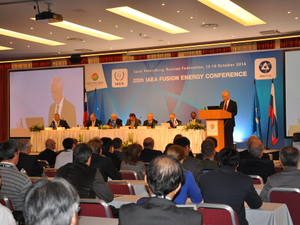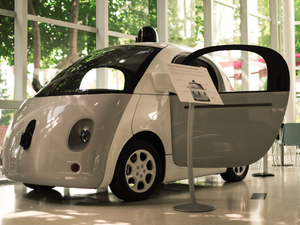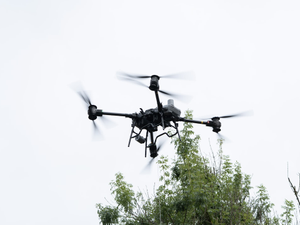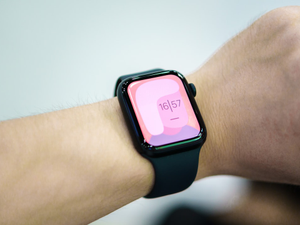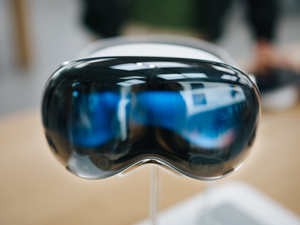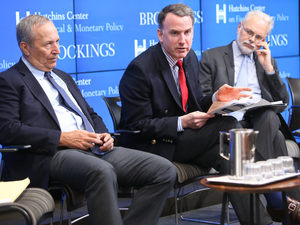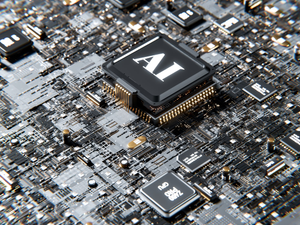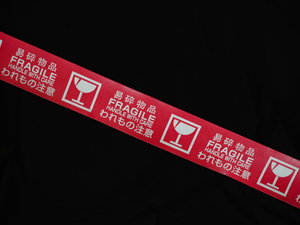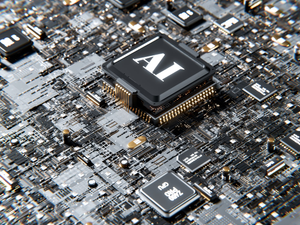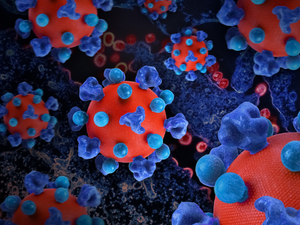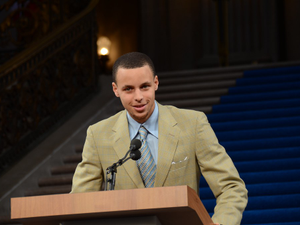Brain Tech Breakthrough: How Scientists Are Helping Paralyzed People Speak Again
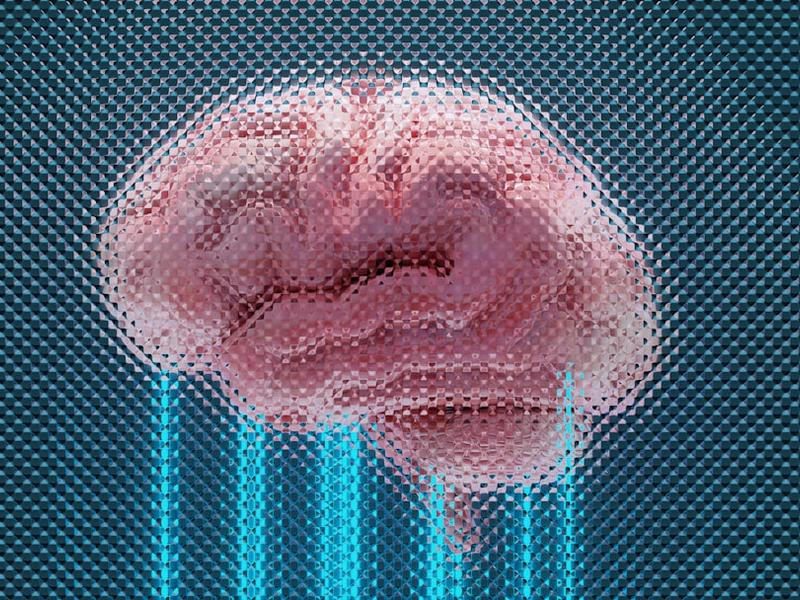
Photo by Shubham Dhage on Unsplash
Imagine being unable to communicate your thoughts, trapped inside your own body. For many individuals with severe paralysis, this is a daily reality. But groundbreaking neurotechnology is changing that narrative.
Researchers at the University of California, Davis have developed a revolutionary neural prosthesis that can translate brain signals directly into speech, offering hope for people with conditions like ALS. Unlike previous technologies that relied on slow text messaging or limited vocabulary, this new system converts brain signals into sounds in near real-time, with just 10 milliseconds of delay.
The breakthrough comes from a detailed study involving a 46-year-old ALS patient codenamed T15, who previously could only communicate through a gyroscopic head mouse. By implanting 256 microelectrodes in the brain’s vocal muscle control region, scientists could record neural activities at an unprecedented resolution.
The neural decoder uses advanced AI to extract speech features like pitch and intonation, then feeds these into a specialized synthesizer that can reproduce the patient’s original voice. This means patients aren’t restricted to predefined dictionaries and can express themselves more naturally, including making interjections, asking questions with proper vocal inflection, and even attempting to sing.
Initial testing showed promising results. In controlled scenarios, the system achieved 100 percent intelligibility. In more complex open transcription tests, it improved word recognition from less than 5 percent to over 56 percent, a significant leap forward.
While the technology isn’t yet perfect, researchers are optimistic. Future iterations might use up to 1,600 electrodes, potentially dramatically improving communication capabilities. Startups like Paradromics are already preparing for clinical trials, signaling that this technology could become a reality for many paralyzed individuals in the near future.
This innovation represents more than just technological progress, it’s about restoring human connection, dignity, and the fundamental ability to express oneself.
AUTHOR: pw
SOURCE: Ars Technica



